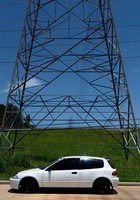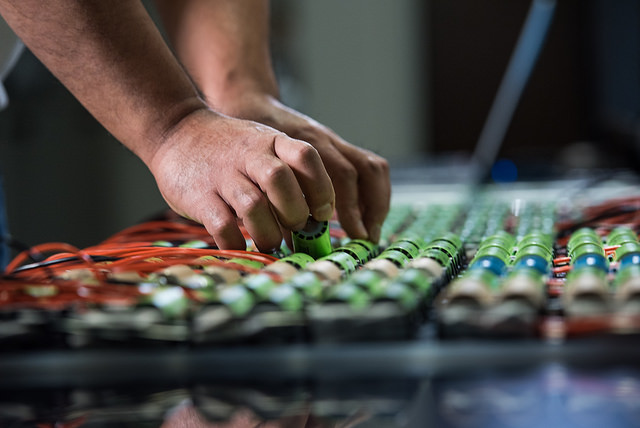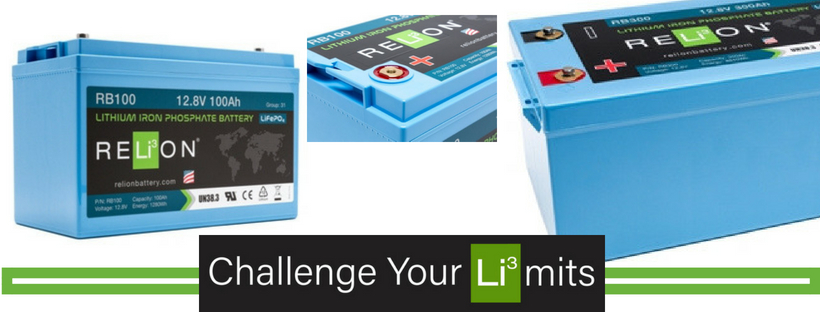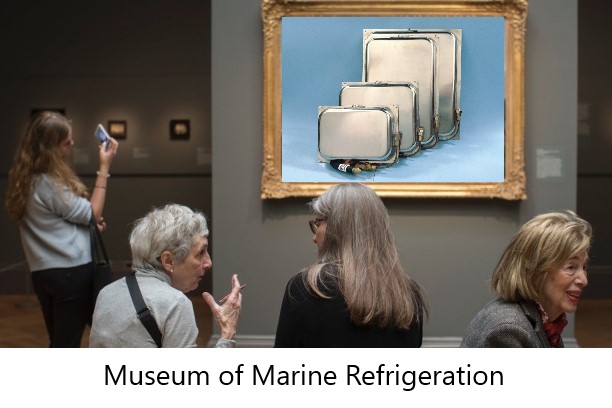 Now that we have the option to install true non-sulfating Partial State of Charge (PSOC) AGM batteries like the Firefly and the Blue Plus range from Meridian/Northstar, we are faced with a new dilemma. These batteries could be at risk of failure due to voltage imbalances when connected as multiple units in a series configuration.
Now that we have the option to install true non-sulfating Partial State of Charge (PSOC) AGM batteries like the Firefly and the Blue Plus range from Meridian/Northstar, we are faced with a new dilemma. These batteries could be at risk of failure due to voltage imbalances when connected as multiple units in a series configuration.
Read the specs of any lithium ion battery and you will see that the individual series-connected cells employ some sort of voltage balancing mechanism. Without this balancing act, some cells would end up working at different voltages and be charged at different rates, and if this situation gets too far out of whack with lithium ion batteries, well .... you know he rest.
Cells in AGM batteries work in a different way to lithium ion cells. Small imbalances between the individual 2v lead-acid cells (six of them in a 12 v battery) do not create any real inherent danger, but stringing together numbers of unbalanced 12v batteries in a series connection to raise the voltage does present the real possibility of premature battery death. The same potential exists also with 6 volt batteries connected in series, but the imbalances should in theory be much smaller, so for simplicity we'll consider only 12 volt batteries here.
Phone: (301) 352-5738
Email: info@CoastalClimateControl.com
Office | Warehouse:
1598 Whitehall Road, Suite D
Annapolis, Maryland 21409



 My Volt has a 17 kW-hr, 300v traction battery along with its DC generator plus a 12v battery for all the other normal loads. This 12v battery is charged by a DC-DC converter between the two batteries, so if I were to hook up an inverter to this battery I could supply 110v AC mains power to my household essentials during a power cut, or maybe power up an outdoor event, or fire up a blender and mini-fridge at a beach romp.
My Volt has a 17 kW-hr, 300v traction battery along with its DC generator plus a 12v battery for all the other normal loads. This 12v battery is charged by a DC-DC converter between the two batteries, so if I were to hook up an inverter to this battery I could supply 110v AC mains power to my household essentials during a power cut, or maybe power up an outdoor event, or fire up a blender and mini-fridge at a beach romp.


 I saw some communications in a trade journal the other day discussing the common practice of wiring batteries in parallel to increase capacity. Specifically, one writer was warning of the possibility of a cell shorting in one of the batteries, resulting in the other batteries all discharging at a high rate of current into the short circuited cell leading to an apocalyptic event below decks. Is he/she correct? Well, yes and no.
I saw some communications in a trade journal the other day discussing the common practice of wiring batteries in parallel to increase capacity. Specifically, one writer was warning of the possibility of a cell shorting in one of the batteries, resulting in the other batteries all discharging at a high rate of current into the short circuited cell leading to an apocalyptic event below decks. Is he/she correct? Well, yes and no.
 We’re still on the electrical trail this week, but I promise I’ll have some more entertaining stuff for you soon. Mind you, electricity can get quite entertaining if you don’t do things correctly, just ask this guy!
We’re still on the electrical trail this week, but I promise I’ll have some more entertaining stuff for you soon. Mind you, electricity can get quite entertaining if you don’t do things correctly, just ask this guy!
 We spend considerable time and effort trying to help boat operators understand how to look after their batteries, but we still hear of way too many premature deaths. So in an effort to get the message across from a different angle, we offer the following advice on how to inflict serious harm and punishment on expensive batteries without really trying.
We spend considerable time and effort trying to help boat operators understand how to look after their batteries, but we still hear of way too many premature deaths. So in an effort to get the message across from a different angle, we offer the following advice on how to inflict serious harm and punishment on expensive batteries without really trying. It’s a simple and common task for anyone owning or operating a vehicle with a gas tank. You pull up to the pump, stick the nozzle in the filler, pull the trigger, and then wait for either the auto-stop mechanism to operate, or you get a boot-full of gas. The math is simple: Since the last time you filled up you have used x gallons of gas, and now you add exactly x gallons to the tank to bring it back up to the level it was previously. There are no losses other than the boot-full you might have got thanks to the faulty nozzle.
It’s a simple and common task for anyone owning or operating a vehicle with a gas tank. You pull up to the pump, stick the nozzle in the filler, pull the trigger, and then wait for either the auto-stop mechanism to operate, or you get a boot-full of gas. The math is simple: Since the last time you filled up you have used x gallons of gas, and now you add exactly x gallons to the tank to bring it back up to the level it was previously. There are no losses other than the boot-full you might have got thanks to the faulty nozzle.
 Continuing on the theme of the previous blog, regarding
Continuing on the theme of the previous blog, regarding  If you haven’t heard on the grape-vine by now, or seen it on our web site, Coastal Climate Control is very pleased to announce that it’s now offering Lithium Iron Phosphate (LiFePO4) batteries from RELiON. These are great products from a great company, and Coastal is stocking the most popular sizes, ready for immediate sale.
If you haven’t heard on the grape-vine by now, or seen it on our web site, Coastal Climate Control is very pleased to announce that it’s now offering Lithium Iron Phosphate (LiFePO4) batteries from RELiON. These are great products from a great company, and Coastal is stocking the most popular sizes, ready for immediate sale. So Elon Musk has parked his Tesla in the Milky Way or wherever. Just imagine having the capability and resources to do that, and the mind boggles at the thought of what else you could dispose of up there in the big blue yonder. I presume that he removed the battery before take-off, because those things are heavy.
So Elon Musk has parked his Tesla in the Milky Way or wherever. Just imagine having the capability and resources to do that, and the mind boggles at the thought of what else you could dispose of up there in the big blue yonder. I presume that he removed the battery before take-off, because those things are heavy. That’s what I’m working on right now. Well, not exactly a better mousetrap, but one with additional functionality. The mousetraps I’m using now are extremely well designed and work so much better than the old spring-and-fling models, but like all mousetraps that I’m aware of, they require checking periodically for “yield”.
That’s what I’m working on right now. Well, not exactly a better mousetrap, but one with additional functionality. The mousetraps I’m using now are extremely well designed and work so much better than the old spring-and-fling models, but like all mousetraps that I’m aware of, they require checking periodically for “yield”. 



